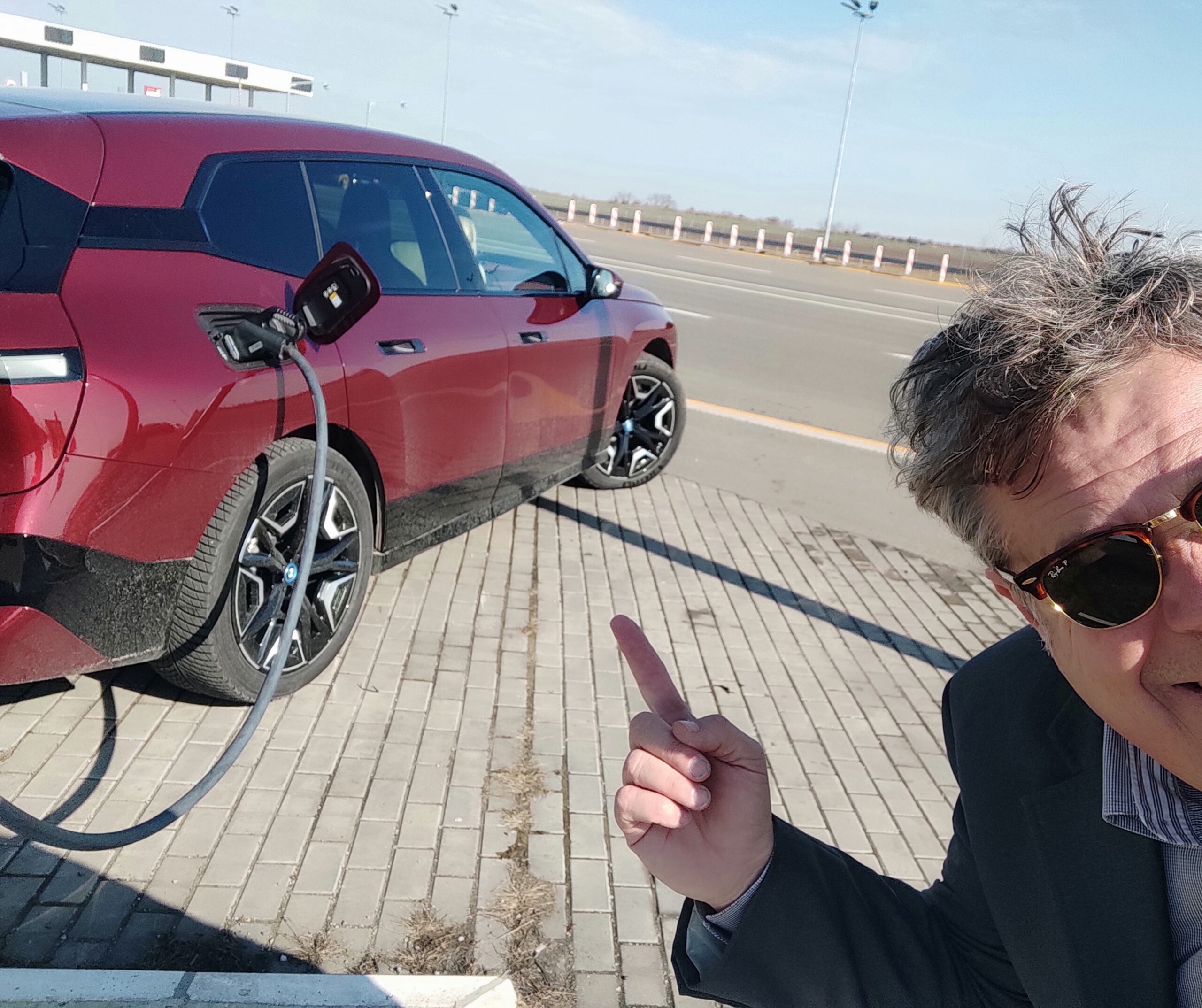BMW

Energy efficiency of the German iX50 model is put to the test in Serbia
In the recent test of the BMW iX50, we learned a lot about the advanced technology of this model, the general luxury with impressions of the impressive 523 hp that is made available to the driver.
How powerful are electric cars?...In this brief review, we have also neglected the very important environmental factor of battery production and recycling, the intensive consumption of tires and the unrealistic price of electric cars, which is a much broader topic.
We focus on the current electricity situation in Serbia (not Norway), where on average more than 70% of electricity is produced from "dirty" technology (coal-fired power plants) with unreliable hydropower capacity and only a small percentage of electricity from wind and sun.
Furthermore, it is no secret that the market price of electricity for households in Serbia (former Yugoslavia) was and remains an important social factor and is at the price limit of its production and distribution costs.
Ecological Trojan Horses... From all that is known, many questions arise about the meaning of state environmental subsidies for electric monsters?
How eco-friendly are electric models as powerful as the BMW iX50 or the Hyundai Ioniq5, and to what extent are they a Trojan horse that emits massive amounts of CO2 in power systems like ours?
According to the analysis by the Laboratory of Thermotechnics and Energy of the Instituto Vinca, on average, around 1.2 kilograms of CO2 are emitted from the quality lignite burned in thermal plants per kWh of electricity produced. Under real circumstances and with lignite used today, it's probably much more.
Also, the math is very clear if, like us, you measure the actual electricity consumption to start such powerful cars.
With an average consumption of 30 kWh of electricity per 100 kilometers produced in our plants, the BMW iX50 emits 252 grams of CO2 per kilometer through the chimney of the thermal power plant.
At the same time, these 30 kW hours of electricity consumed are also the cheapest in Europe and their price is being passed on to many other pockets of citizens and the economy.
The example of the BMW M50i V8 gasoline engine with 530 horsepower, which emits less CO2 on average through two exhausts, 238-243 grams per kilometer, speaks volumes about how ecologically meaningless everything is!
To switch 100 kilometers to green electricity from the average 5kW home solar power plant with the BMW iX50, it takes at least 6 hours of strong sunlight, so even this eco-story falls on water as completely non-functional.
Autonews

Nenhum comentário:
Postar um comentário